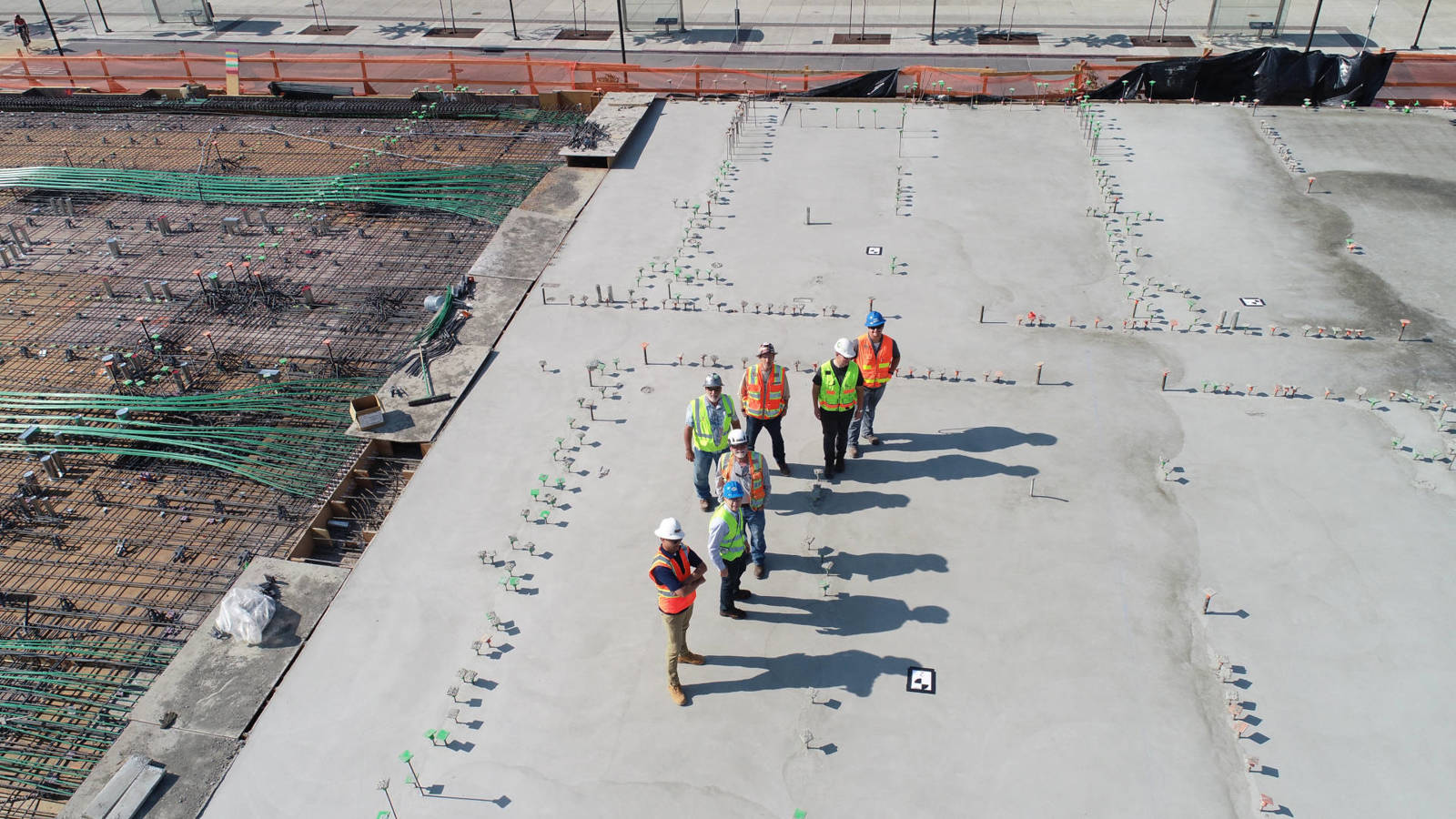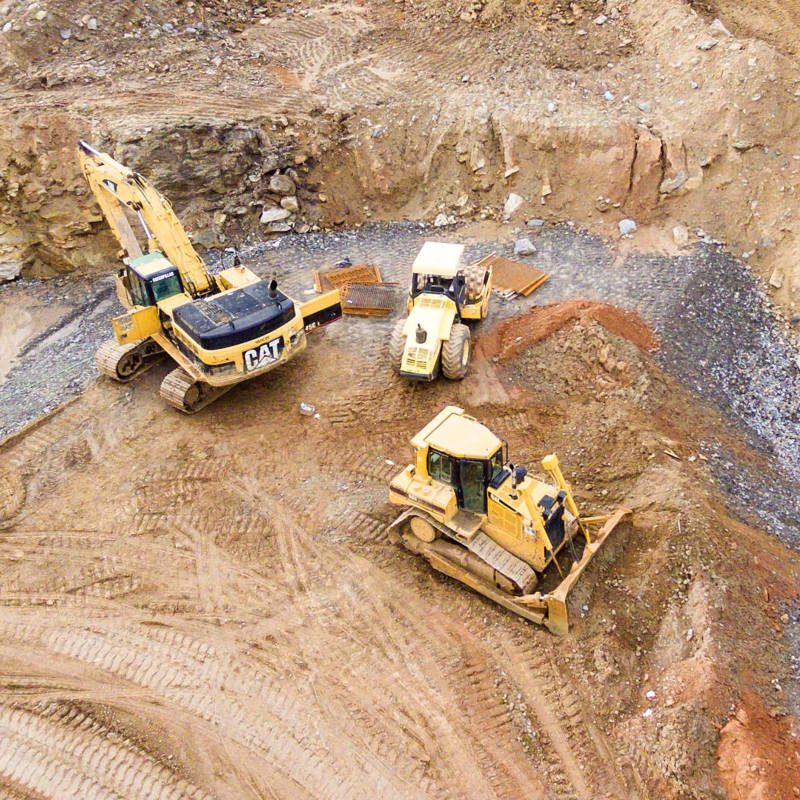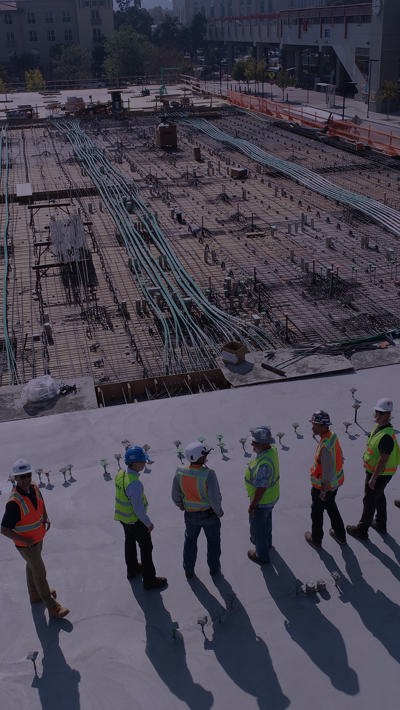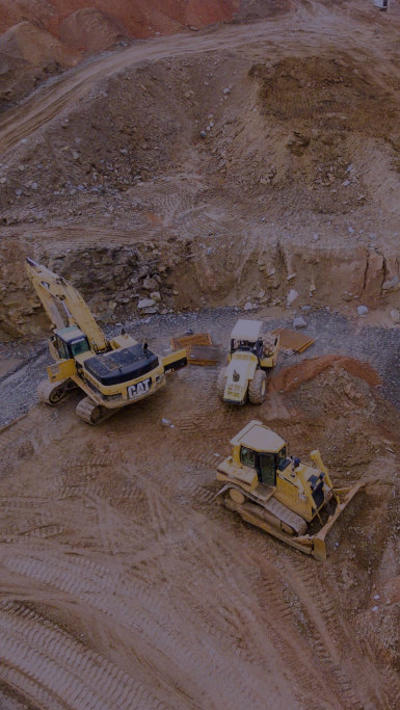Contents
Big Build is our quarterly publication tracking legislative and regulatory reform and other developments affecting the construction and infrastructure sector.
Some of the key highlights we touch on in this publication include the new GPS on Housing and Urban Development, the Construction Sector Accord Network, the construction related items on LGNZ’s “lobby list”, the latest developments in the three waters reform programme, the large infrastructure pipeline, and the sharp increase in apprenticeship numbers.
Contents
Construction
Infrastructure
GPS on Housing and Urban Development
The Government has released the Government Policy Statement on Housing and Urban Development (GPS-HUD). New Zealand has long had a GPS on transport but the GPS-HUD is a first.
The intention, according to Housing Minister Megan Woods, is that it will provide clarity around how government policies and investments will align to deal to the housing crisis.
The six “areas of focus” are:
- ensuring more affordable homes are built
- ensuring houses meet the needs of our communities
- enabling people into stable, affordable homes
- supporting whānau to have healthy, affordable homes with secure tenure
- re-establishing housing’s primary role as a home rather than a financial asset, and
- planning and investing in our places.
Construction Sector Accord Network
The Construction Sector Accord Network is a voluntary initiative, free to join and open to both the public and private sector organisations.
Announced by Housing Minister Megan Woods and Construction Minister Poto Williams, the aim is that it will drive productivity and better outcomes through sharing and encouraging best practice and will “start more conversations” on such issues as being clearer about risk in contracts, improving staff wellbeing, being more sustainable and getting better at paying on time.
Members will be asked to pledge to uphold a set of principles and behaviours and in return the Accord will support them with resources to help them improve their business across key areas such as procurement, contract negotiation, health and safety and workforce development.
To learn more, view the Ministerial statement

Houses trump herons – changes to wetlands regime
The Government is consulting on changes to the wetlands regime in the NPS on Freshwater Management 2020 and the NES for Freshwater 2020 to address some unintended consequences. In particular, it is proposing to:
- narrow the definition of wetland in the NPS “to ensure only those areas intended are captured by the regulations”
- amend the regulatory framework for “natural wetlands” to allow groups to undertake restoration and maintenance without having to obtain a resource consent, and
- provide a “discretionary regulatory pathway” for quarrying, landfill, clean fill and managed fill, minerals extraction and urban development.
The regulations have been a source of significant frustration since inception, including among property developers who complained that they had put planned (and much-needed) residential developments at risk.
Read the discussion document.
‘Ute tax’ deferred
The fees component of the Clean Car Discount Scheme – known colloquially as the ‘ute tax’ – will now come in on 1 April 2022, rather than 1 January as initially planned. The rebates, to encourage the purchase of low emissions vehicles, have been in effect since 1 July this year.
The announcement was smuggled in by Transport Minister Michael Wood and Climate Change Minister James Shaw in a statement announcing that the Land Transport (Clean Vehicles) Amendment Bill had passed its first reading. The Bill will implement a Clean Car Import Standard.
Reporting for the Standard will also be deferred a few months but the policy will still come into force on 1 January 2023, and the target of reducing emissions to 105g per kilometre (g/k) by 2025 remains. This represents a significant reduction from 171 g/k, which is where we are now, but is unambitious by international comparison as Japan achieved 105g/k in 2014 and Europe last year.
To learn more, read the statement and the Import Standard explainer.

RMA replacement approach gets tick from Treasury
The Government’s proposed replacement system for the Resource Management Act, so far best revealed in the exposure Natural and Built Environments Bill, has got a provisional tick from Treasury in an interim Regulatory Impact Statement (RIS) produced on 15 June.
A key finding is that central and local government (taxpayers and ratepayers) would pick up more of the tab, creating estimated savings of 19% for users – primarily through faster and fewer consents.
But the benefits could be significant and widely shared, including improvements to the quality of the environment (natural and built), to housing supply and affordability, and to social and cultural wellbeing.
In particular, Treasury expects:
- the application of environmental limits and a positive outcomes based approach will improve environmental quality over time relative to the status quo
- increased land supply will enable the market to better respond to housing demand
- the early identification of areas for development and infrastructure needs, and less site-by-site decision-making, should improve housing supply and affordability
- efficient sequencing of development could reduce infrastructure costs at the margins, and
- increased control for iwi and Māori and greater recognition of their role as kaitiaki.
But the Treasury has attached a number of caveats to the RIS, saying that the scope of the analysis was limited and that the decisions are not final.
View the Interim Regulatory Impact Statement.

Strong response to Building Code consultation
The Ministry of Business, Innovation and Employment (MBIE) received more submissions in this year’s consultation on the Building Code than it did in the last five years combined. This was due to a much larger than normal response from the general public – reflecting, in MBIE’s view, strong interest in improving the energy efficiency and healthiness of New Zealand homes.
The outcomes of the consultation will be published in October.
To learn more, view MBIE's statement.
Report back of retentions bill deferred
The report back of the Construction Contracts (Retention Money) Amendment Bill has been deferred two weeks to 25 November.

Local government’s lobby list
Local Government New Zealand (LGNZ) was given its advocacy instructions at its annual conference in July through a series of remits identifying issues on which its members want change. Two are relevant to the construction sector:
- a remit, passed with 93% support, calling on the Crown to provide legal protection/indemnity in favour of councils, and/or to implement a warranty scheme for any civil liability brought against a council in regard to a building consent functions carried out by Consentium (a division of Kāinga Ora), and
- a remit proposed by Auckland Council and passed with 79% support calling for the restoration of councils’ ability to protect trees.
Read the LGNZ statement.
Reducing earthquake risk at home
A prototype base isolation system for residential housing has been developed and is now being tested by the University of Canterbury’s Structural Engineering Centre.
Results to date indicate the test room would have withstood the Canterbury and Kaikoura earthquakes and an Alpine Fault quake without needing repairs. The aim is to keep the cost to about $15,000 for a typical three-bedroom house.
Read the statement.

Apprenticeship numbers through the roof
The construction industry currently has 20,000 people training as apprentices, the highest number ever.
BCITO Chief Executive Toby Beaglehole attributes the surge to the support provided through the Apprenticeship Boost scheme, which provides up to $1,000 a month for the first year of training and $500 for the second year.
Read the statement.
Building consent exemptions tool for homeowners
MBIE has created an online tool to help homeowners determine whether their planned project comes within the new building consent exemptions.
View the tool.
Construction and Infrastructure Workforce Development Council
The five member Workplace Development Council, responsible for giving industry a greater role in vocational education and training, is.
- Bill Newson – National Secretary of E Tū
- Brendon Green – an experienced director and on Waikato Tainui’s governing body
- Chantelle Bailey – lead structural engineer for Aurecon and a former board member for the Manawatu branch of IPENZ
- Daniel Haines – head of Māori Outcomes for Eke Panuku Development Auckland
- Elena Trout – a professional engineer with significant experience in large projects
- John Chapman – owner of KAEA Group that provides and delivers programmes for Kāinga Ora and Māori Pacific Trades Training
- Kieren Mallon – managing director of three construction businesses and a previous president of Auckland Registered Master Builders
- Tracy Davis – member of the National Māori Advisory Panel for the Three Waters programme.
For more information, see the announcement.

Funding to reduce construction and demolition waste
Funding from the Government’s Waste Minimisation Fund has been allocated to create resource and recovery centres in Auckland and Feilding to reduce, reuse or recover construction and demolition waste.
The allocations were from the Fund’s 2020 budget. Applications for the 2021 round are now being considered.
To learn more, read the statement.
Scope of ‘no oral variation’ clauses
Should a contractor be paid for variation work carried out in accordance with an oral instruction, where the contract requires that variations are instructed in writing? Or does the principal get the work for free?
These questions came before the Singaporean High Court recently. Chapman Tripp has analysed the judgment, see link below.
Read our commentary.
Government puts LGNZ into bear hug
Local Government New Zealand (LGNZ) has entered a Heads of Agreement (HoA) with the Government about how they will partner with each other to achieve the Three Waters Reform objectives.
As part of securing a range of commitments to the sector, LGNZ has agreed that, should the Government decide to adopt an “all in” legislative approach to the programme (which seems increasingly likely), LGNZ will reluctantly accept such a decision because the national interest benefits only get realised if everyone participates.
The legislation would create four new national entities which would take ownership and control over council water assets. The HOA was signed on 13 July and states that LGNZ may “publicly express its disappointment” if the Government considers compulsion necessary but it will not actively oppose the move.
The HoA also commits the Government to a $2.5b package to sweeten the deal. The $2.5b is comprised of:
- $500m to ensure that no council is “worse off” as a result of the restructuring, and
- $2b to ensure that all councils are “better off”. The money will be allocated on a nationally consistent basis to be spent on local initiatives for urban development or to improve community wellbeing. $1b will come from the Crown and $1b from the proposed four national water service entities.
The latest sweetener is on top of the $761m announced in 2020 and the $296m provided in Budget 2021.
An eight week feedback period has just been completed, and councils are now awaiting the Government’s response to the concerns raised, what movement they may see from the Government and what the pathway from here looks like.
The proposed restructure has been having a rocky ride.
Whangarei, the Far North and Kaipara are exploring a counter-proposal to the Government plan, which would wind Northland into Entity A with Auckland. Timaru has opted out and Newsroom, which has polled most councils, is reporting that Christchurch, Wairoa, Grey District and Westland will also opt out. Others who have publicly flirted with the idea are: Auckland, Thames-Coromandel, Opotiki, Matamata-Piako, Waipa, Gisborne, Napier, Kapiti Coast, Hurunui, Waitaki, Clutha and Waimakariri.
Wellington City Council is considering putting the question to a referendum.
To learn more, read the HoA, joint Government/LGNZ statement, and the Ministerial statement.

Infrastructure Acceleration Fund heavily oversubscribed
Kāinga Ora is drawing up a short list to receive funding through the heavily oversubscribed Infrastructure Acceleration Fund. It closed applications on 26 August when it had received 200 proposals for a combined amount of $5b – around five times the funds available.
Short-listed applicants will be invited to submit a more detailed proposal.
The Fund is a subset of the Government’s $3.5b Housing Acceleration Fund and is designed to speed up the construction of infrastructure for housing developments.
Read Kāinga Ora's statement.
National Land Transport Programme for 2021-24a
The 2021-2024 National Land Transport Programme provides for $24.3b investment over the next three years – a 44% increase on the previous three year period.
The allocation reflects a strong sustainability and safety emphasis, comprising around:
- $7b for local road and State Highway maintenance
- $6b to promote public transport, cycling and walking (not including the $785m Auckland cycle bridge, which has been quietly dropped)
- $3.9b for road improvements to ensure reliable freight movement and to improve the resilience of the network
- $2.9b for road safety
- $1.3b for the New Zealand Rail Plan, and
- $30m for coastal shipping.
For more information, see the statement.

Big project pipeline
Infrastructure New Zealand has posted a pipeline for infrastructure projects of more than $100m and has provided an accompanying commentary in its latest Infrastructure quarterly.
The pipeline has more than 2,586 projects with a combined value of $611b. This compares to 176 projects and $6.1b in 2019. We recommend the quarterly as a high-value source of information.
See the pipeline and Infrastructure quarterly.
Huge infrastructure investment needed in health
Data obtained by BusinessDesk under the Official Information Act show the District Health Boards collectively have more than 100 building projects on their ‘to do’ list at a cost of at least $10.9b, many just to keep the business running.
Speak to our experts
We hope you find our insights within this publication useful. Please get in touch with one of our experts if you would like to discuss any topic in more detail. We offer market-leading expertise and a seamless service for all your project needs – from financing, planning and consent through to all stages and facets of the construction process.
 Hamish Bolland, Partner
Hamish Bolland, Partner
 Greg Wise, Partner
Greg Wise, Partner
 Fiona Bennett, Partner
Fiona Bennett, Partner


















































































